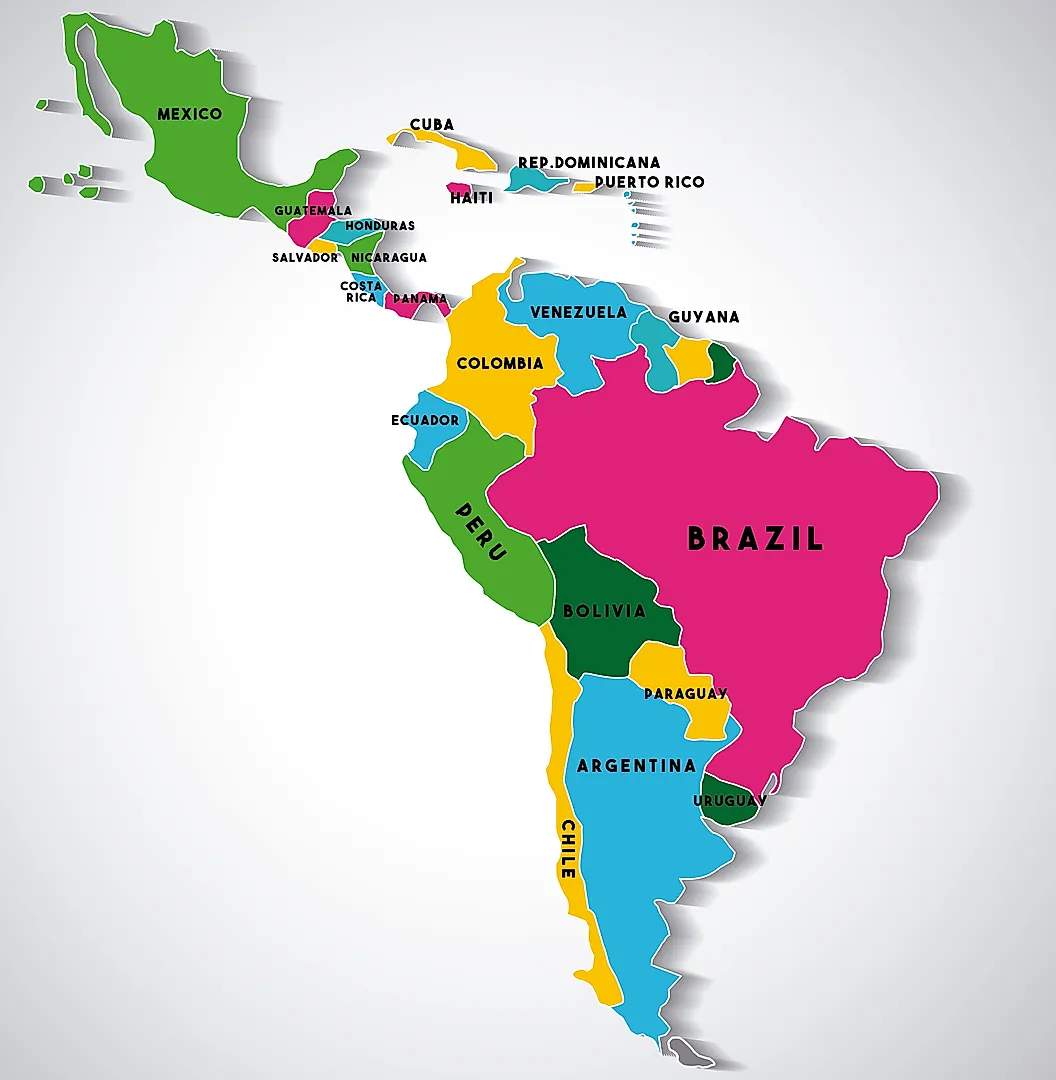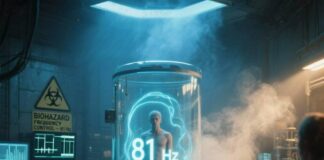Being successful in sports in Argentina is usually a sure path to becoming a popular idol. From Fangio to Vilas to Maradona (and now Messi), the unwritten contract fans extend to athletes has pretty much played out the same way: win big and we’ll love you forever. That formula, however, has not proven to be infallible. For some, it was because they fell on hard times and saw their triumphs forgotten. Others saw criticism of their personal lives overshadow any athletic prowess they might have had. In the more extreme cases, the athletes saw themselves as outcasts, their contributions virtually erased from the public memory. The Argentine team that won the first basketball World Cup, held in 1950 in Buenos Aires, is a prime example of the latter. Their win in the finals, which took place 75 years ago, earned them fan love. But turning into national symbols during President Juan Domingo Perón’s government also placed them at the center of Argentina’s turbulent politics. The team’s time in the sun lasted only a few years before their links to Peronism cost them their fame, success, and even careers. A time for first-evers It was the intense interest in basketball seen at the 1948 Olympics that convinced the International Basketball Federation (FIBA) that it was time to hold a World Cup. A founding member of FIBA, Argentina ended up hosting the event after coming off a solid Olympics where it nearly shocked the United States at the group stages, finally coming in 15th. There also was specific political interest from the Perón government to get the project going. “The nomination came shortly after Argentina had lost the 1950 FIFA World Cup hosting rights to Brazil,” sports journalist Juan Manuel Trenado explained. “Perón decided then to throw the government’s support behind the basketball championship.” The government put up AR$800,000 (just over US$547,000 adjusted for inflation), and the organization was able to secure Luna Park as the venue. They also rented an electronic scoreboard that was shipped specially from the U.S. and purchased glass backboards, the first ever used in Argentina. Everything was gearing along, with a few glitches here and there. “The glass boards arrived late, so for the first couple of matches they had to install extra-long nets so fans in the rows behind the posts could tell if the team had scored,” said Trenado. Running rivals out of the building Because the players back then were amateurs, the government intervened to secure a 60-day paid work leave so they could prepare properly. “They did double-shift workouts before most professional teams in the country,” basketball journalist and author Alejandro Pérez told the Herald. “The players themselves admitted it later. ‘We were flying out there; we ran the opposition out in the second halves.’” Argentina got off to a glorious start, led by eventual MVP Oscar Furlong and captain Ricardo González, the two players who would come to symbolize the team’s success. For many decades, Furlong was considered the best Argentine to ever play. He even had a chance to play in the U.S., but the opportunity ended up falling through. The team won its first five games by an average of 20.4 points. Only Brazil pushed back, with the Argentine team overcoming a 10-point deficit to claim a 40-35 victory. The biggest challenge came in the final game of the championship round against the United States. The U.S. didn’t actually send a “men’s national team,” opting instead to send a squad that already played together known as the Denver Chevrolets. “It was a team of professionals in all but name,” said Trenado. “They were factory workers, but very few of them actually worked in the factory. Some were paid just to play basketball in the Denver regional tournament.” As the last two undefeated teams in the tournament’s deciding group stage, it was a final in all but name, and the winner would become champions. Argentina took an early lead in the first half and never looked back, winning by 14 points and lifting the title. Estimates put the attendance at 21,500 people for the final, with fans reportedly having to sit next to the inbound line. It raised just over AR$200,000 (just over US$136,000 adjusted for inflation) in ticket sales, almost four times what San Lorenzo collected in a football game as it hosted River Plate in a 3-2 win that same weekend. A costly reward The team became national heroes overnight. They made the cover of the prestigious sports magazine El Gráfico, with a central-page poster of the whole team. The team would continue getting results in the following years. They finished second in the 1951 South American Championships, and were only denied a rematch with the U.S. in the 1952 Helsinki Olympics by Uruguay, who beat them in the semis. Trouble, however, was brewing on the horizon. In September 1955, a military coup self-branded as the Revolución Libertadora (Liberating Revolution) overthrew Perón. Despite the “liberation” moniker, the dictatorship went on the offensive to quash Peronism, banning the party and persecuting its members. The 1950s squad was inevitably linked to the fallen president. In the aftermath of the win, Perón had invited the team to the Casa Rosada to congratulate them. He also offered compensation for the triumph. A popular story says star player Furlong jokingly threw a toy car across Perón’s desk, hoping the president would catch on to the message. Alejandro Pérez, however, insists the idea came from an unlikelier source. “It was the small forward, Raúl Pérez Varela, who worked as a dyes salesman, who suggested he could use a car. Perón said he couldn’t give each of them a car but offered a tax break for the import of one,” said Pérez. The deeds were transferable, and most players sold them for the money. They were so valuable that several of them purchased or built their homes with the money they earned. “When the 1955 military junta took power, they started to look for proof of professionalism,” said Alejandro Pérez. “They looked at the tax breaks and even small things the players had bought at Helsinki; when they found these things, they took it as proof they had been paid for their efforts and banned the 1950 World Champions to lash out at Perón.” “The same federation directors who wrote in 1950 to Evita, asking for additional money to purchase the medals to award, were quite happy to throw the team under the bus,” he added. Champions turned outcasts The ban was lifted 10 years later. By then, most players were into their thirties and had no chance of competing any further. “The 1955 coup turned them into outcasts,” said Pérez. “Nobody wanted to be linked to them for fear of what people might think.” Banned and forgotten, Argentina forgot about the World Champions that had, at one point, been the most popular sports heroes in the country. “It was a taboo subject,” admitted Trenado. “You couldn’t really talk about them until well after the return of democracy in 1983. They became a forbidden team.” Argentine basketball fell into disarray without the 1950 champions’ talent and leadership. The experience vacuum impacted following generations, as Argentina failed to enter a basketball Olympic tournament until 1996 and never improved beyond sixth in a FIBA World Cup until 2002. It was only when the “golden generation” led by another inspirational star in “Manu” Ginóbili came up the ranks that Argentina became a power on the global stage. In the midst of Argentina’s reborn love affair with basketball, the 1950s team was honored in a special celebration in 2024. The homage allowed 99-year-old former captain Ricardo González, one of the few remaining players who were still alive, to bask in the glory of being an Argentine idol for one brief moment.
Argentina won the first basketball world cup 75 years ago. They were almost erased from history
Date:




